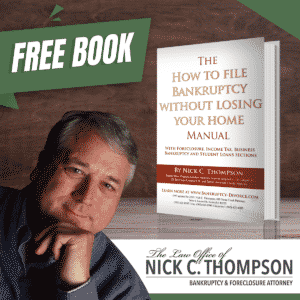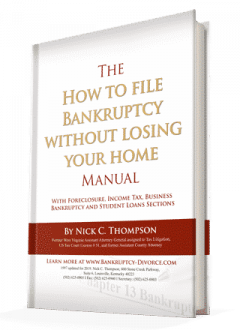Interestingly, the average debt among college students in 2020 is up to $30,062. This is nearly $6,000 more than students graduating in 2009. Bankruptcy hardship discharges are hard to get but not impossible for student loans. In fact, private student loans are more often dischargeable than income-contingent and federal student loans.
The 2010 student loan legislation, (Student Loan Forgiveness and Repayment Assistance Act of 2010) cuts out private-sector middlemen from offering federal loans. It also increases access to Federal grant programs. Before that, private banks offered both federal and private loans which is still confusing a lot of borrowers.
Discharge Private Student Loans in Bankruptcy
But for federal loans, students must try to maximize them. Federal loans have fixed rates that do not rise with interest. For the 2020-21 school year, federal student loan rates for undergraduates are 2.75%. The fixed rates vary from 2.75% for students that demonstrate an academic need to 6.8% for those who aren’t on a need-base. Federal loans also offer a very flexible repayment plan, which is important if you or your recent graduate are struggling to find a job to pay the bills. The average interest rate for private student loans is currently 1.24% – 11.93% variable APR.
⎆ Private student loan programs
Prior to the bankruptcy law change in 2005, student loans from private non-profit institutions were dischargeable. However, the 2005 bankruptcy law Bankruptcy Abuse Prevention and Consumer Protection Act closes that exception and requires students to prove that it’s a hardship to themselves and their dependents. Currently, the only way to eliminate private student loans in bankruptcy is to file an adversary with the bankruptcy court and demonstrate the following:
- The student borrower has made every reasonable effort to repay the debt.
- The student loans impose an “undue hardship.”
- Without imposing an undue hardship, the loans cannot be repaid presently or in the future.
Bankruptcy cases that were discharged prior to 2005 can be reopened to file such undue hardship cases. Be sure to also read how to file for a student loan bankruptcy to see and download more information.
Through the Credit Union Student Choice program, hundreds of credit unions offer fair-value financing for private student lending. In 2010, Congress passed a financial-regulation bill.
Also read: How to Hardship Discharge Student Loans where we explain step-by-step how to discharge student loans.
 Resources for Bankruptcy
Resources for Bankruptcy
Other Related Information
Understanding Types of Federal Student Loans
Chapter 7 Student Loan Hardship Discharge
Federal Direct Plus vs Private Loans
Bankrupt or Discharge Student Loans
Do you need help managing your student loan? Contact my office right away to start the conversation. Nick C. Thompson, Attorney: 502-625-0905



